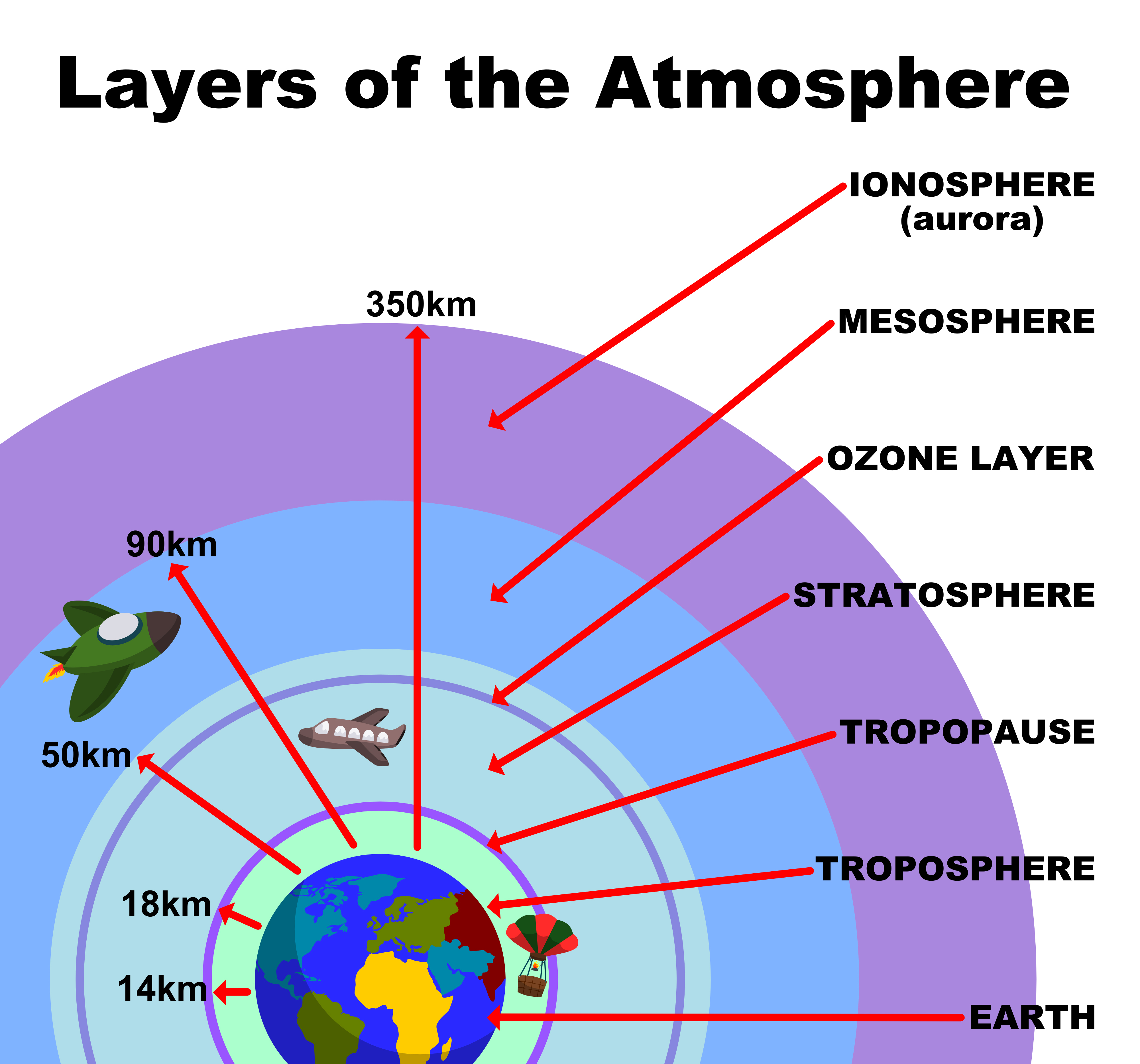The Untamable Symphony: Understanding and Mitigating Nature's Forces
Since the dawn of humanity, we've been captivated and challenged by the forces of nature. From the fury of hurricanes to the silent power of gravity, these forces have shaped our planet and dictated the course of our lives. Yet, a fundamental question lingers: where do these forces come from, and can we ever truly control them?
The Grand Conductor: Unveiling the Origins
Nature's symphony is orchestrated by a complex interplay of fundamental forces. These forces, unlike the elements we see (fire, water, earth, air), are the invisible strings that pull the universe's grand performance. Let's explore some key players:
- Gravity: This ubiquitous force, described by Einstein's theory of general relativity, governs the attraction between objects with mass. It's responsible for everything from holding the moon in its orbit to the formation of galaxies. Gravity arises from the curvature of spacetime caused by mass and energy.

- Electromagnetism: This force governs the interaction between electrically charged particles. It dictates the behavior of atoms, the flow of electricity, and even light itself. Electromagnetism is mediated by photons, massless particles that carry the electromagnetic force.

- Strong Nuclear Force: This powerful force binds the fundamental particles within an atom's nucleus, overcoming the repulsive force between protons with like charges. It's responsible for the stability of atoms and the release of enormous energy during nuclear reactions.
- Weak Nuclear Force: This force is responsible for certain types of radioactive decay and plays a crucial role in some nuclear reactions. It's the weakest of the fundamental forces, but still holds immense importance in understanding the universe's building blocks.
These fundamental forces interact with each other to create the larger-scale forces we experience. For example, gravity interacting with the Earth's rotation creates tides, while the interaction of electromagnetic forces determines the weather patterns.
Beyond fundamental forces, other factors influence the forces of nature:
- Solar Activity: The sun's energy output and its interaction with the Earth's magnetic field impact weather patterns and can cause auroras.
- Earth's Interior: The Earth's internal heat drives plate tectonics, leading to earthquakes and volcanic eruptions.
- The Atmosphere: The composition and temperature variations in the atmosphere influence wind patterns and precipitation.
 Understanding these origins allows us to predict and prepare for some natural phenomena. However, the complex interplay of these forces makes complete control a distant dream.
Understanding these origins allows us to predict and prepare for some natural phenomena. However, the complex interplay of these forces makes complete control a distant dream.
Taming the Tempest: Mitigating Nature's Fury
While absolute control remains elusive, we can learn to mitigate the impact of natural forces:
- Prediction and Monitoring: Advancements in weather forecasting allow us to predict storms and prepare for floods or high winds. Earthquake and volcanic eruption monitoring systems help predict potential events and evacuate at-risk populations.
- Engineering Solutions: Dams, levees, and seawalls aim to control the flow of water and protect against flooding. Earthquake-resistant building codes and volcanic hazard maps guide construction practices in vulnerable areas.
- Harnessing Renewables: Wind turbines and solar panels convert wind and sunlight into clean energy, utilizing the forces themselves for our benefit.
- Sustainable Practices: Deforestation and improper land use can exacerbate natural disasters. Sustainable practices like reforestation and responsible land management contribute to a more resilient environment.
These efforts emphasize the importance of coexistence with nature's forces. We can't turn off a hurricane or prevent an earthquake, but we can be prepared for their impact and strive to live in harmony with the planet's natural systems.
Here are some specific examples:
- Flood Control: Floodplains are designated as areas naturally prone to flooding, limiting development in these areas and minimizing potential damage.
- Hurricane Preparedness: Early evacuation orders, storm shelters, and robust infrastructure for communication and emergency services lessen the devastating effects of hurricanes.
- Volcano Monitoring: Monitoring volcanic activity allows for evacuation plans and mitigation strategies like diverting lava flows or managing volcanic ash dispersal.

The Future Symphony: A Delicate Balance
As science progresses, our understanding of natural forces deepens. We may not be able to control them entirely, but we can develop better prediction models, design more resilient infrastructure, and use these forces to our advantage through renewable energy technologies. The key lies in striking a balance between respecting nature's power and seeking innovative solutions to coexist within its grand symphony.
Here are some exciting areas of future exploration:
- Geoengineering: Techniques to manipulate the environment on a large scale, like atmospheric seeding to influence cloud formation or deflecting incoming solar radiation to mitigate climate change, are still highly debated and require rigorous scientific and ethical analysis before implementation.
- Space Weather Prediction: Improved understanding of solar flares and their impact on Earth's magnetic field could lead to better predictions and mitigation strategies for power grid disruptions and communication outages.
- Material Science: Research on innovative materials with high strength


























































